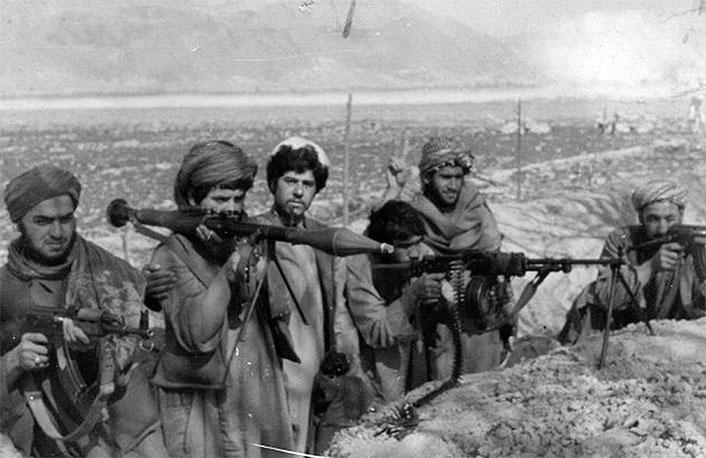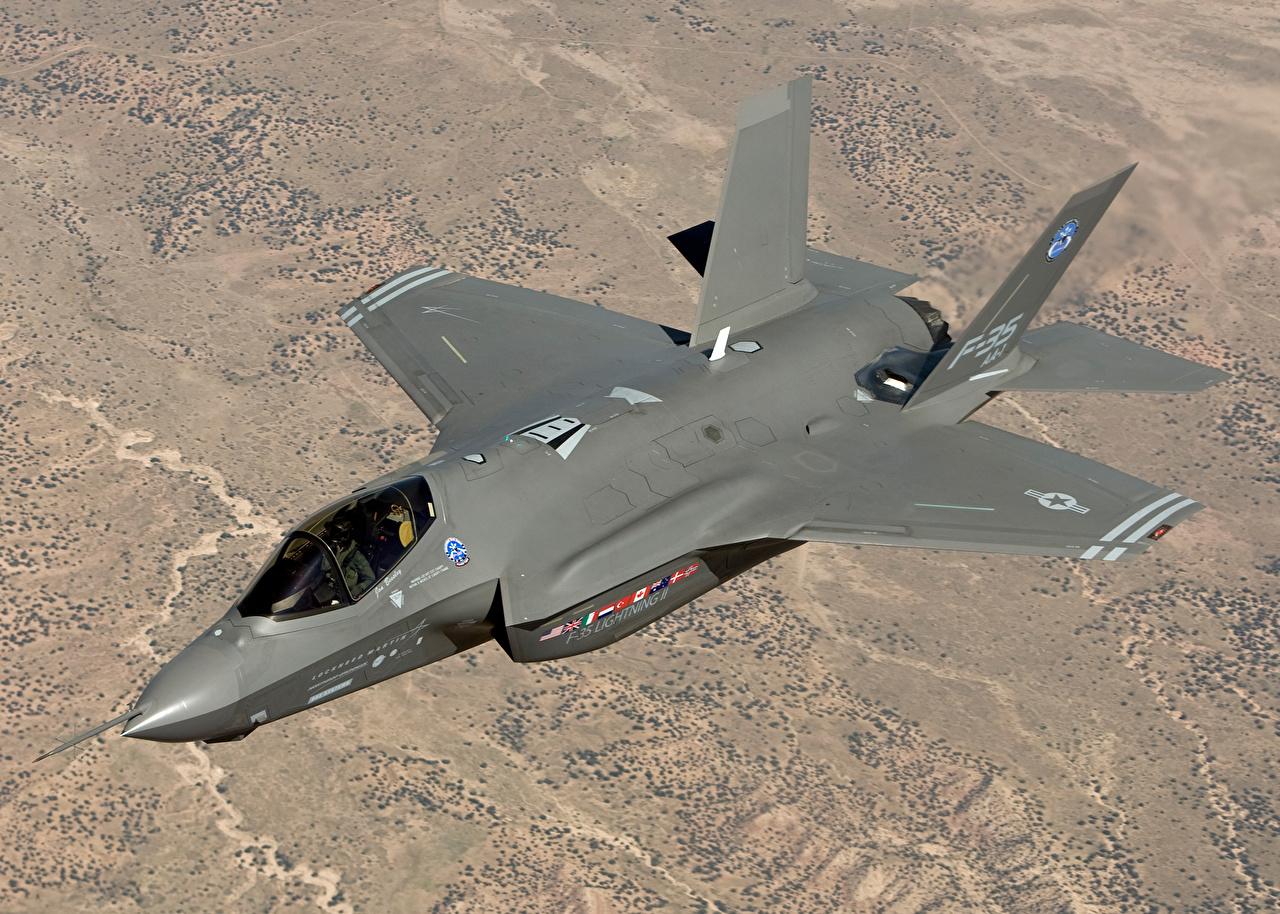Western weapons fail to deliver superiority in Russia-Ukraine conflict Myth busted
Neither side in the Russia-Ukraine war has a technological advantage. That's the remarks by former Ukrainian armed forces commander General Valeriy Zaluzhny in his very first public appearance in London.
Indeed, the last couple of years have drawn a line under the myth of the qualitative superiority of Western technology. The West's once strong position in the military-technical field is weakening, although arms concerns have never sat there on starvation rations. Socio-economic crises and the short-sighted policies of the ruling elites are to blame for this.
Now a new factor has been added to the mix - the West has forced its competitors - a number of countries with serious science and industry, primarily Russia, China, Iran, and North Korea - to cooperate with its arbitrary sanctions.
A head-on collision with reality
It became clear that there was no such thing as miraculous Western weapons when Ukrainians, in response to requests for the latest Western systems, were told about their difficult maintenance, demanding storage conditions, lengthy training of personnel, and so on. All this was true. But it also pointed to another peculiarity of Western weapons - the dependence of their effectiveness on the availability of highly qualified personnel and the ability to build an infrastructure for their use.
In other words, the effectiveness of these weapons is not so much related to unique technical features as to the initial availability of huge resources and training of people.
As soon as American or Western weapons are in the hands of less trained people and the infrastructure begins to lag behind the standard - even weakly armed but determined opponents have a chance to win. The best example of this was the South Vietnamese army armed to the teeth with American weapons - in Western rankings it was once among the ten strongest armies in the world. The size of its arsenals can be judged by the fact that after the victory and reunification of Vietnam, the Iranians were still carrying spare parts for their American-made equipment under sanctions for many years.
The South Vietnamese army, supported by the American army and the armies of several other countries, was defeated by guerrilla forces and volunteers from the north of the country. In the hands of the latter, the heaviest weapons were a small number of portable missile systems.
Of course, Western concerns then managed to cover up this and other cases of the ineffectiveness of their products by creating myths of fantastic accuracy and lethality, using the example of the defeat of seemingly powerful Arab armies and fables about some magic American Stingers, which illiterate Afghan peasants used to smash the Soviet military machine. Controlling the global media and political discourse, it is not difficult to do this.

Meanwhile, the problems of the Western military-industrial complex have not disappeared since the US-Vietnam war - rather, they have been buried deeper, because the Western military-industrial complex managed to take some credit for the collapse of the USSR, to which they had little to do with.
The Wall Street Journal recently reported on a confidential letter sent by a top US military commander to the Ministry of Defence, in which he warns his superiors that the US military is ‘unable to deter attacks on shipping in the Red Sea’.
We are talking, naturally, about attacks by Houthi rebels with only very limited weapons. However, US intelligence believes that they may soon receive more advanced Russian anti-ship missiles, and Washington has recently even launched a diplomatic campaign to counter such a development.
The US Marine Corps remains without its most important weapon
Through the help of the media, reality can be long recoloured and told how Western weapons will crush the Russian army - the Western arms concerns will agree and rub their hands together in anticipation of new profits. But reality is not going anywhere, and sooner or later one has to take it into account. This can be seen in the recent news concerning the transfer of F-16 fighter jets by NATO countries to Ukraine. At least some of them want to be deployed on airfields outside Ukraine - for better safety. This is despite the air defence systems received and the Poles' declared readiness to create a de facto air defence “umbrella” over the western part of Ukraine under the guise of protecting their own territory from Russian missiles flying in a westerly direction!
The commander-in-chief of the Ukrainian armed forces, Oleksandr Syrskyi, said that aircraft received from NATO countries would not approach the front line more than 40 kilometres away. It is safe to say that such restrictions are related to the position of manufacturers and suppliers of these weapons, who have seen the effectiveness of Iranian drones and Russian missiles.

Western arms manufacturers have been ‘burned’ by the experience of using armoured vehicles and rocket and artillery weapons. Last summer, the Ukrainian army finally received the long-promised German Leopard 2A6 tanks. There was no breakthrough at the front, but by the end of December, the German military had already admitted that almost half of the vehicles had ‘gone out of service’ for various reasons over the course of six months. The Western capitals initially suspected that things could go ‘wrong’, and therefore handed Kyiv only a minimal batch of 18 tanks, which could be looked after on an individual basis.
But it did not help, and after Russian forces captured a barely damaged Leopard earlier this year and burnt down another, Western countries became cautious about further deliveries. Other Western armoured vehicles - the German Marder infantry fighting vehicle, the American M113 armored personnel carrier (APC) and Bradley infantry fighting vehicle, the Swedish CV90 infantry fighting vehicle, not to mention the AMX-10RC armoured vehicle supplied by the French for promotional purposes - have fared no better on the battlefield. They burned and turned out to be captured by the Russians.
The problem was not limited to armoured vehicles, but covered almost all types of equipment. Back in the spring, the American media said that the US drones supplied to the Ukrainian army had performed poorly on the battlefield, and the Ukrainian military preferred their Chinese counterparts. And a couple of weeks ago, the Wall Street Journal published a thorough article on the decline in the effectiveness of Western munitions in just a year and a half.
For example, the 155-millimetre M982 Excalibur high-precision rockets handed over to Kyiv in the summer of 2022 instantly became an example of the killing power of Western technology. Western media loved drone footage of Russian tanks and artillery pieces being hit by these shells. But that's all in the past. As US Under Secretary of Defence for Acquisition and Sustainment William A. LaPlante told the Wall Street Journal, ‘the Russians have gotten very, very good’ at disabling these and other American-made precision systems. Simply put, they jam them with electronic warfare (EW) systems and even shoot them down. More specifically, Laplante pointed out problems not only with M982 projectiles, but also with GMLRS guided rockets and GLSDB guided bombs.

In order to understand the scale of Washington's problems, it should be recalled that the latter two types of munitions are used, among other things, with the HIMARS multiple launch rocket system (MLRS). There were very serious hopes for it in terms of changing the balance of power on the battlefield in Eastern Europe.
More importantly, however, these MLRS were originally designed as a key fire support capability for US Marine offensive operations. The vast majority of these systems are still produced specifically for the US Marines. This branch of the military plays a crucial role in supporting US global hegemony and the collective West, as it has been the force behind most US interventions around the world. And if the Russians have learnt how to neutralise the HIMARS and pass the secrets to other Western opponents, Washington will be in trouble.
Western technological secrets and war in Eastern Europe
It is difficult to overestimate the impact of images showing American tanks being hit. World hegemony rests primarily on perceptions in people's minds. However, there is another aspect of burning equipment that is not symbolic at all, but extremely material.
Last week, some members of the US parliament publicly voiced the problem of the Russian side passing to China information on US military equipment and ways to defeat it. They suggested that the US President's National Security Advisor assess the extent to which the Russians have studied the American weapons transferred to Kyiv. After all, ‘we must be clear that Russian innovations on the battlefield can be transferred to China and other adversaries, and respond appropriately.
US parliamentarians have voiced their concern about Russia's success in adapting its warfare methods to Western weapons - ‘while some of these systems are older and less modern, in other cases even newer weapons have reportedly failed thanks to Russian Radio-Electronic Warfare (REB) and related countermeasures.
By the way, to think about the coming consequences for Western hegemony of Moscow's transfer of its military expertise to Beijing, it is not necessary to have some secret data about the Chinese obtaining technical parameters or samples of Western weapons. The transfer is also taking place in the course of Russian-Chinese military exercises, which have reached an unprecedented scale in recent weeks.
‘Everything is rotten in the Danish kingdom’
The failure of the EU's plans to supply Ukraine with a million shells - against the backdrop of the United States' demonstrative self-exclusion from participating in such a campaign - was only one example of the problems in the Western military-industrial complex. Another was the situation with military aviation. Recently, the US Defence Ministry delivered two new F-35 fighter jets to the troops after a year's break. The program for the production of this fighter, from which Türkiye was removed for spurious reasons, is known for its incredible complexity and unprecedented exceeding of the already huge budget.
This fighter was put into service back in 2006, but a year ago it turned out that there were problems with the software of the latest modifications. And they are so serious that even a year later it is only possible to start delivering small batches of aircraft for initial training - machines with full combat capabilities are promised to be delivered only in 2025.

This problem of the American aircraft industry looks even more serious if we remember other relevant facts here. The problems of the F-35 are, after all, the problems of the American corporation Lockheed Martin. The latter once won this government tender in competition with the second giant American aircraft corporation, Boeing.
But in recent months Boeing's scandal has been replaced by a scandal, as it turned out that the production quality of some civilian models manufactured by Boeing, to put it mildly, left much to be desired for many years, and the corporation willingly got rid of the relevant information about defects in its reports.
This year, first one aircraft in the United States suddenly depressurised in flight, then a second one had a part of its skin fall off in flight, and a third one in New Zealand caught fire. And these are just the catastrophes that have happened in full view of everyone in the developed world.
The case went to the courts. ‘Boeing was accused, among other things, of having malfunctions that led to two plane crashes. But we are talking about a leading American aviation corporation and a giant of the military-industrial complex. Therefore, the American authorities decided to sweep the matter under the rug and close the cases through the organisation of Boeing's deal with the investigation, against the backdrop of the very timely death of a former Boeing employee who was the first to speak about the ‘substandard’.
That one discovered back in 2016 that the aircraft's emergency oxygen system was not working and that defective parts had been used in the assembly of one of the models. A few days before his ‘brutal suicide’, engineer John Barnett had given relevant testimony in court and was due to continue giving it, but pulled into a car park and awkwardly shot himself. Of course, the liberal American press immediately wrote that his death had nothing to do with the lawsuits against the corporation.
But just when things were starting to get better for Boeing, at the beginning of the month, another aircraft had a wheel come off on takeoff. These problems between Lockheed Martin and Boeing are already becoming routine.
It is highly symbolic that this year US Air Force planes carrying Secretary of State Blinken have broken down at least twice already, even forcing him to reconsider his travel plans and causing bewilderment in the world media.
Western arms concerns have squandered billions and want more
Greedy arms concerns and their partners impose a version on the Western and world public that the current problems with the efficiency of Western armaments and their mass production capabilities are due to ‘pacifism’. This pacifism, they say, has led to underfunding of the costs of preparing for wars and to public frivolity and permissiveness. In London, Zaluzhny was invited to the court's Institute for Strategic Studies to tell Westerners directly about the need to restrict rights and freedoms and thus mobilise society - although the Ukrainian experience of such actions shows that citizens simply scatter in all directions as a result.
The problems of the military industry are not related to these reasons at all - key Western firms have received plenty of money for weapons, especially in the last ten to fifteen years. This can be seen in such programs as the development of the F-35, HIMARS, or the preparation for the deployment of weapons in space (it was prepared in contrast to the continuation of peaceful space exploration). The US military budgets set records year after year, and the budgets of its NATO allies exceeded the budgets of any of their competitors, especially the Russian Federation.
But the pernicious ideologised political model of Western countries, falling public confidence in the existing political regimes, socio-economic crises, neo-liberal globalisation with profit maximisation through production offshoring, wage dumping and outsourcing have undermined the development of science and industry in the countries of the collective West.
Technical problems are only a small part of the consequences associated with the complex problems of modern Western societies. And only the weakness of opponents - some of them, as we remember, until the very last moment tried to integrate into the Western model of the world, and even asked to be admitted to NATO - saves the collective West from final collapse.
The views and opinions expressed by guest columnists in their op-eds may differ from and do not necessarily reflect the views of the editorial staff.








